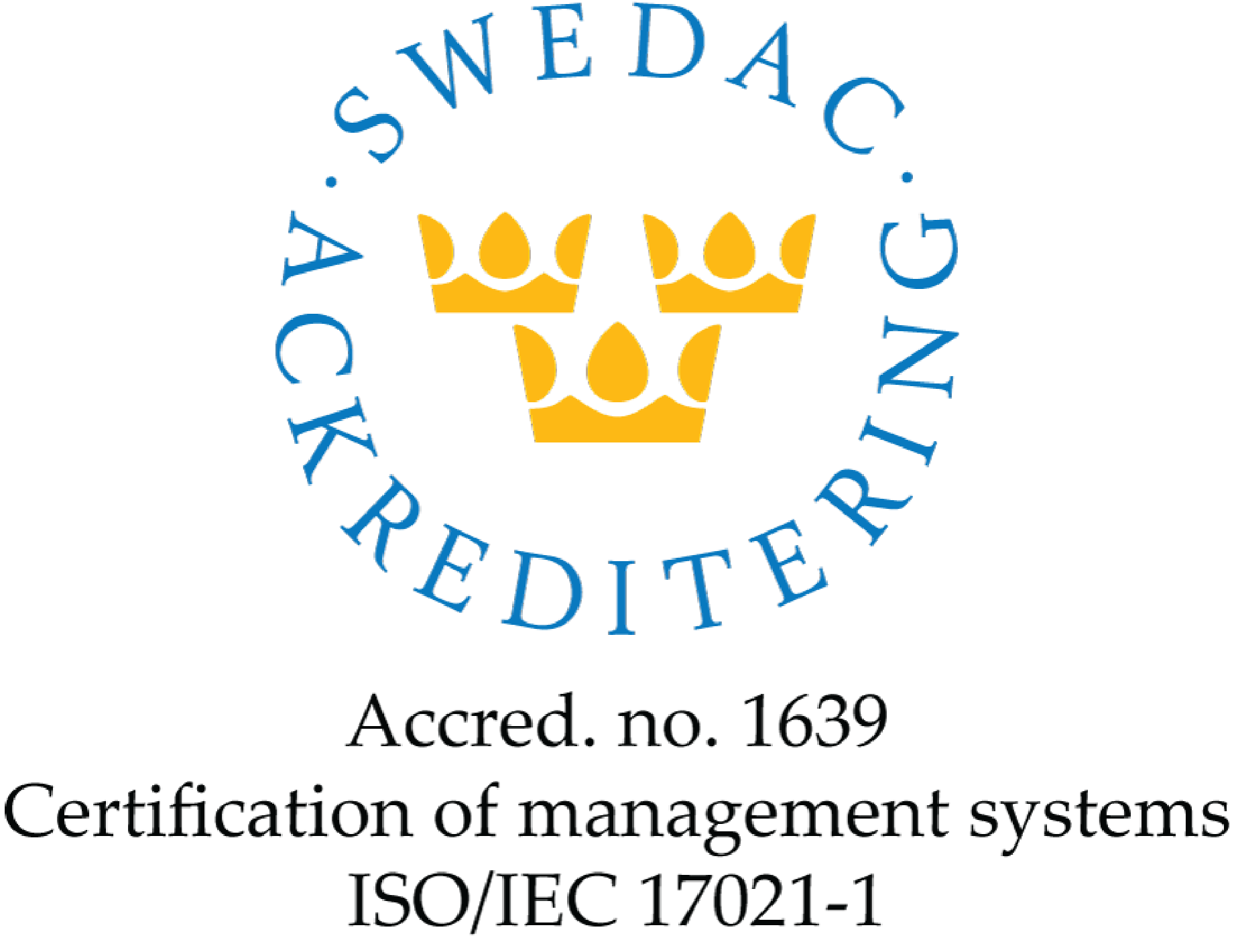Reducing Battery Waste in Downhole Drilling: A Case Study
Leave a CommentSummary
The oil & gas downhole drilling industry discards lithium/thionyl chloride batteries prematurely, wasting substantial unused capacity and increasing operational costs. Excell Battery’s Criterion family of smart battery monitoring systems addresses this challenge by providing accurate, real-time battery usage data. This case study, based on assessments conducted for a key customer, quantifies the waste problem and demonstrates the tangible benefits of implementing Criterion technology. With over 40 years of experience and global reach through Ultralife Corporation, Excell Battery delivers innovative solutions for critical applications.
The Challenge: Invisible Battery Capacity
Lithium/thionyl chloride batteries are ideal for downhole drilling due to their stable voltage output throughout operational life. However, this consistency creates a significant drawback: determining the remaining capacity without electronic monitoring is impossible. Consequently, operators discard batteries prematurely to avoid operational failures.
A 2019 assessment of a key customer’s battery disposal practices revealed that approximately $3.3 million was spent annually on MWD batteries alone, highlighting the substantial potential for cost reduction.
Assessment Methodology & Findings
Excell Battery conducted residual capacity studies in 2015 and 2019 to quantify waste. Used MWD batteries returned for disposal were tested after appropriate depassivation. Discharge testing used an electronic load configured at a constant current of 0.5A, with capacity recorded in Amp-Hours (Ahr).
The studies revealed alarming levels of waste:
- 58% of total capacity remained unused in MWD batteries tested in 2019 (blended average)
- 150C MWD batteries showed 56% residual capacity in 2019, improving slightly from 62% in 2015
- 165C MWD batteries exhibited even higher waste at 73% residual capacity in 2019
- Approximately 9% of batteries (639 units) were disposed of with minimal or no usage, representing $297,000 in essentially wasted expenditure
- The total value of unused capacity was estimated at $1.9 million annually
Criterion: Smart Battery Monitoring Solution
To address this significant waste, Excell Battery offers two Criterion monitoring systems:
Criterion 4 (CR4)
- Advanced battery monitoring with comprehensive data collection
- Tracks battery capacity used, voltage, current discharge (average/peak), temperature
- Records 3-axis shock and vibration data (up to 140g vibration, 200g shock)
- Measures stick-slip and RPM
- Features Power Line Modulation for communication
- Includes sophisticated yet user-friendly analysis software
Criterion Lite (CRLite)
- Simplified system focused on basic battery capacity monitoring
- Includes depassivation feature accessible through included Interface Unit
- Designed for users primarily needing capacity information
Both systems provide a permanent, non-erasable record of battery usage throughout its lifecycle, eliminating guesswork and human error. The monitoring systems maintain the original physical dimensions and connectors of the batteries. Excell Battery has deployed over 50,000 batteries with earlier Criterion 3 systems, demonstrating proven field reliability.
Financial Impact Analysis
Break-even analysis demonstrates immediate cost-saving potential:
- CR4: Reducing residual capacity from 58% to 39.5% achieves break-even
- CRLite: Reducing residual capacity from 58% to 49.5% achieves break-even
Based on data from existing Criterion users, achieving 70-75% capacity efficiency (25-30% residual capacity) is realistic. For a customer spending $3.3 million annually on MWD batteries, potential savings include:
- CR4 with 30% residual capacity: $314,700 annual savings
- CR4 with 20% residual capacity: $644,700 annual savings
- CRLite with 30% residual capacity: $640,800 annual savings
- CRLite with 20% residual capacity: $970,800 annual savings
Operational Benefits Beyond Cost Savings
Implementing Criterion systems delivers valuable operational advantages:
- Permanent Usage History: Each battery retains its complete usage data, providing an auditable history for analysis.
- Downhole Environmental Data (CR4): Critical measurements of temperature, shock, vibration, stick-slip, and RPM offer insights into drilling conditions and tool performance, enabling optimization and troubleshooting.
- Elimination of Subjective Assessment: Objective capacity data removes the guesswork that contributes to premature disposal.
- Standardized Protocols: Enables consistent, data-driven methods for battery usage and replacement across operations.
- Versatility: Criterion is effective for multi-cell designs and is rated for temperatures up to 165°C.
Implementation Approach
Integrating Criterion systems requires:
- Strategic Integration: Define implementation scope based on operational needs
- Personnel Training: Comprehensive training on hardware and software use
- Data Management: Establish procedures for analyzing and interpreting battery data
- ROI Validation: Track post-implementation usage and disposal rates to quantify savings
Conclusion
This assessment demonstrates significant cost-reduction opportunities through intelligent battery monitoring. Excell Battery’s Criterion solutions provide accurate usage data, enabling operators to drastically reduce wasted capacity. Financial analysis indicates rapid ROI with substantial annual savings. Additionally, the operational data collected enhances drilling efficiency and equipment performance.
By adopting Criterion technology, drilling services companies can implement smarter, more sustainable, and cost-effective battery management practices.



